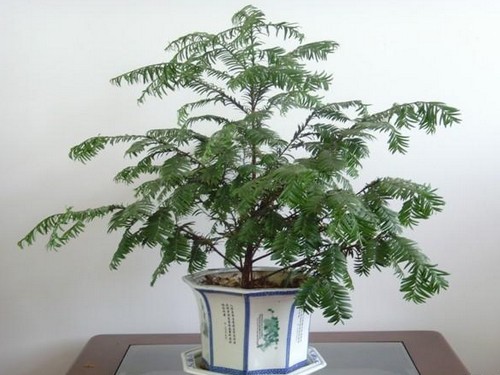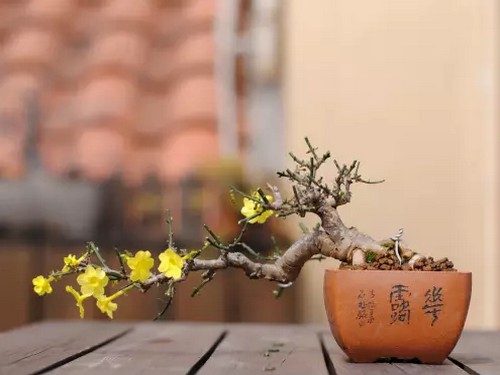Fertilization method of Taxus mairei bonsai
The pot soil of Taxus chinensis var. mairei is made of field raw soil and nutritious soil, with loose soil, high content of organic matter, strong water conservation, fertilizer conservation, air permeability, sufficient nutrition and ph value less than 7. Bonsai in the purchase of more than three months, to properly fertilize the roots, once a year, spring or early autumn is the best, generally use nitrogen, phosphorus and potassium compound fertilizer or organic fertilizer. The compound fertilizer is poured, dissolved in water and then poured, and the concentration is 0.5% PMI. 1%; the organic fertilizer is buried. In order to enhance the ornamental of plants, plants can be properly sprayed with some foliar fertilizers such as potassium dihydrogen phosphate.

1. Application method of foliar fertilizer.
Spraying concentration: spraying foliar fertilizer to grasp the best concentration can achieve twice the result with half the effort. If the concentration is too high, it is easy to produce fertilizer or toxicosis; if the concentration is too low, it can not achieve the purpose of fertilization. The best concentration of commonly used fertilizer is: potassium dihydrogen phosphate 0.3% Mel 0.5%, 18 g-22 g 1 backpacker.
Spraying method: because nutrients are easy to infiltrate and absorb on the back, both front and back should be considered when spraying, with both sides of the leaf moist and not dripping as the standard, both sides of the leaf can be absorbed more quickly.
Spraying time: spraying usually requires the leaves to keep moist for a certain period of time, so that the absorption rate is fast and the absorption capacity is large. It is best to prevent foliar fertilizer from drying quickly on windless, cloudy or sunny evenings, and should avoid spraying when the sun shines high.
Note: when preparing the solution, be sure to mix it evenly and mix it now. Foliar fertilizer should not be sprayed too many times, once every 20 days.
2. Application method of rooting agent.
After transplanting and watering, the rooting agent was applied to the yew within a week, and the application concentration was prepared according to the product description. Generally, it is 1 packet of 10 grams of rooting agent mixed with a bucket of water (20 jin), 1-3 years old and 1 / 2 spoon, 4-5 years old 1 tablespoon and more than 5 years. The concentration of rooting agent should not be too high, if it is too high, it is easy to cause hormone poisoning, plant premature senility and other adverse conditions.
Time: 2019-06-12 Click:
- Prev

Fertilization methods and matters needing attention of miniature bonsai
Bonsai due to less soil, fertilization must be timely, otherwise it is easy to cause leaves yellowing, decline, branches withered. The amount of fertilizer varies with different kinds of plants. Small bonsai mainly watching flowers should continue to apply light fertilizer after flowering in order to promote more flowering in the next year.
- Next

Watering technology of bonsai with tree stump
Watering is one of the most important and frequent measures in the management of tree stump bonsai. The stump is planted in the basin, whether it is deep or shallow, the soil is always limited and the water content is limited. If the stump is not watered for a long time, the stump will wither due to lack of water, so it is necessary to observe in time.
Related
- Fuxing push coffee new agricultural production and marketing class: lack of small-scale processing plants
- Jujube rice field leisure farm deep ploughing Yilan for five years to create a space for organic food and play
- Nongyu Farm-A trial of organic papaya for brave women with advanced technology
- Four points for attention in the prevention and control of diseases and insect pests of edible fungi
- How to add nutrient solution to Edible Fungi
- Is there any good way to control edible fungus mites?
- Open Inoculation Technology of Edible Fungi
- Is there any clever way to use fertilizer for edible fungus in winter?
- What agents are used to kill the pathogens of edible fungi in the mushroom shed?
- Rapid drying of Edible Fungi

